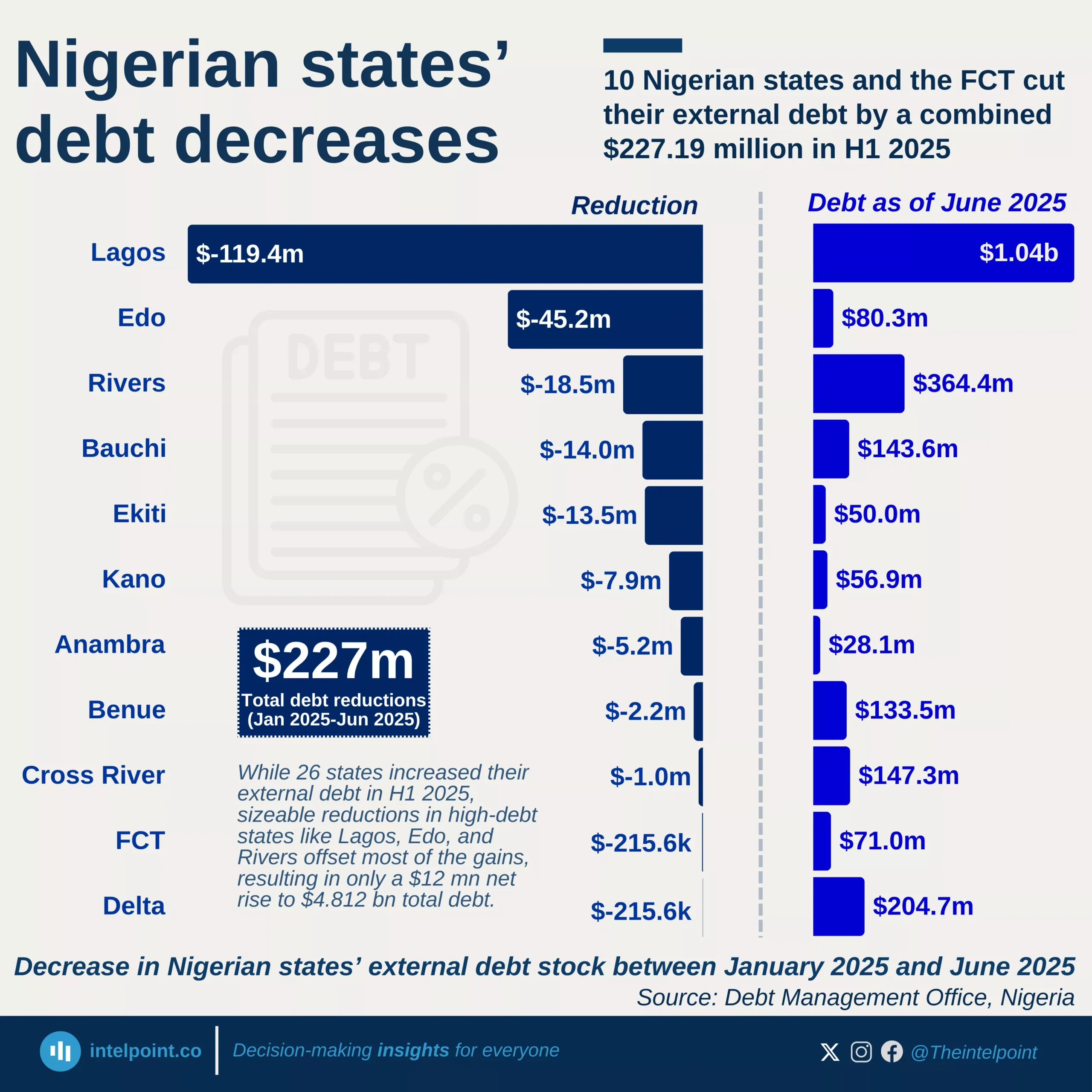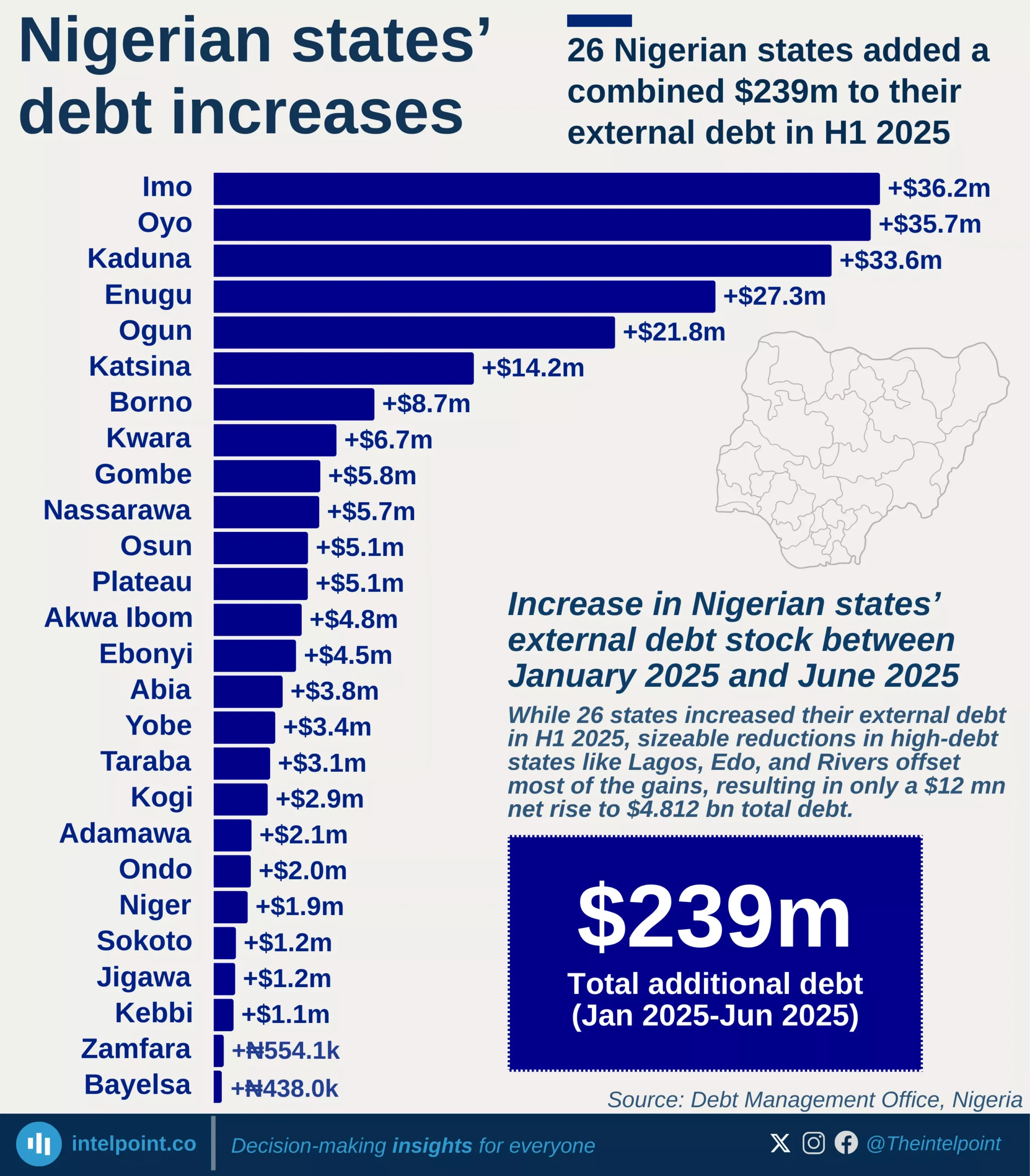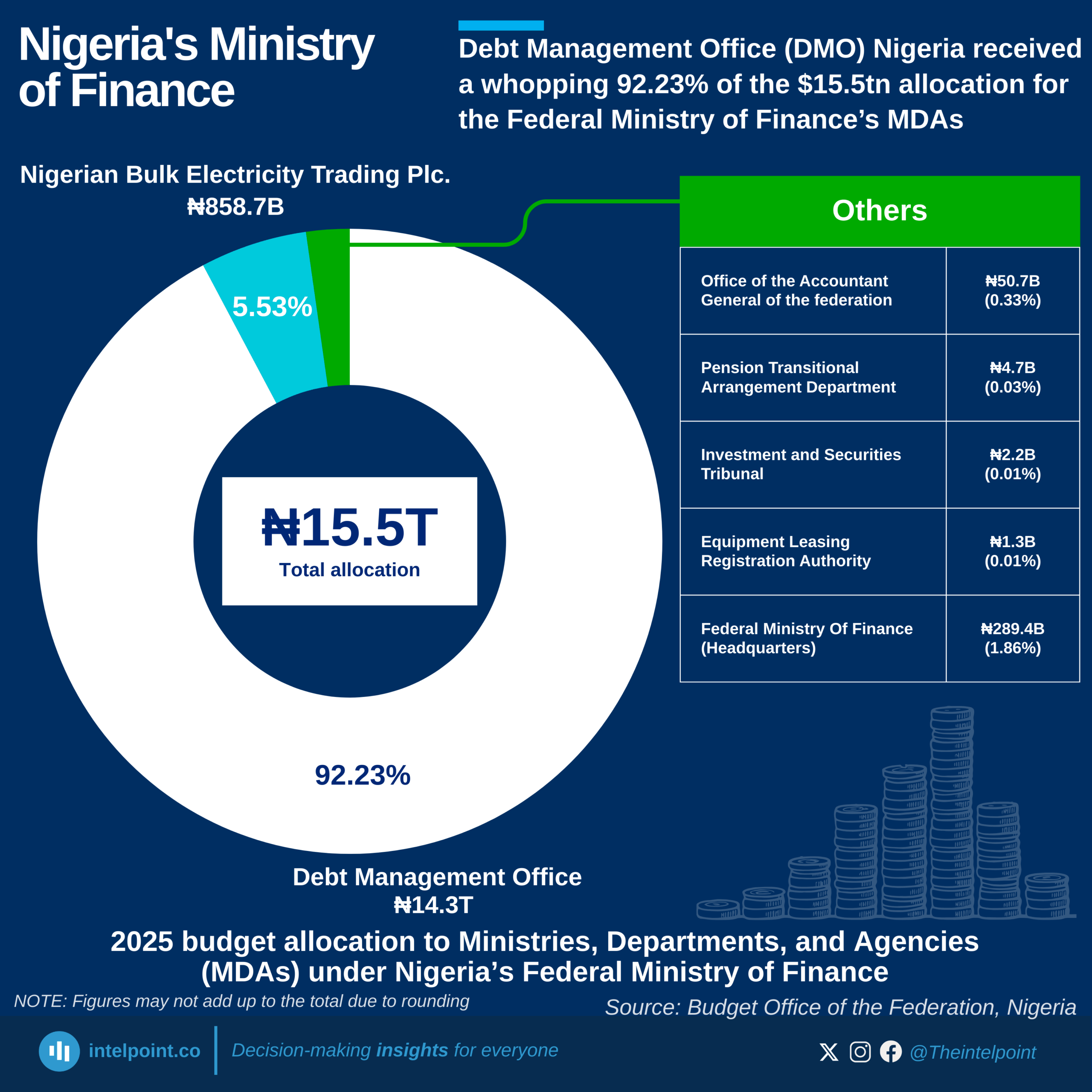While many living in Nigeria have already experienced the effects of the fuel subsidy removal on their daily expenses, this chart presents a clearer picture of reality. Will the prices of food items continue to rise? Is there hope of some respite soon?





